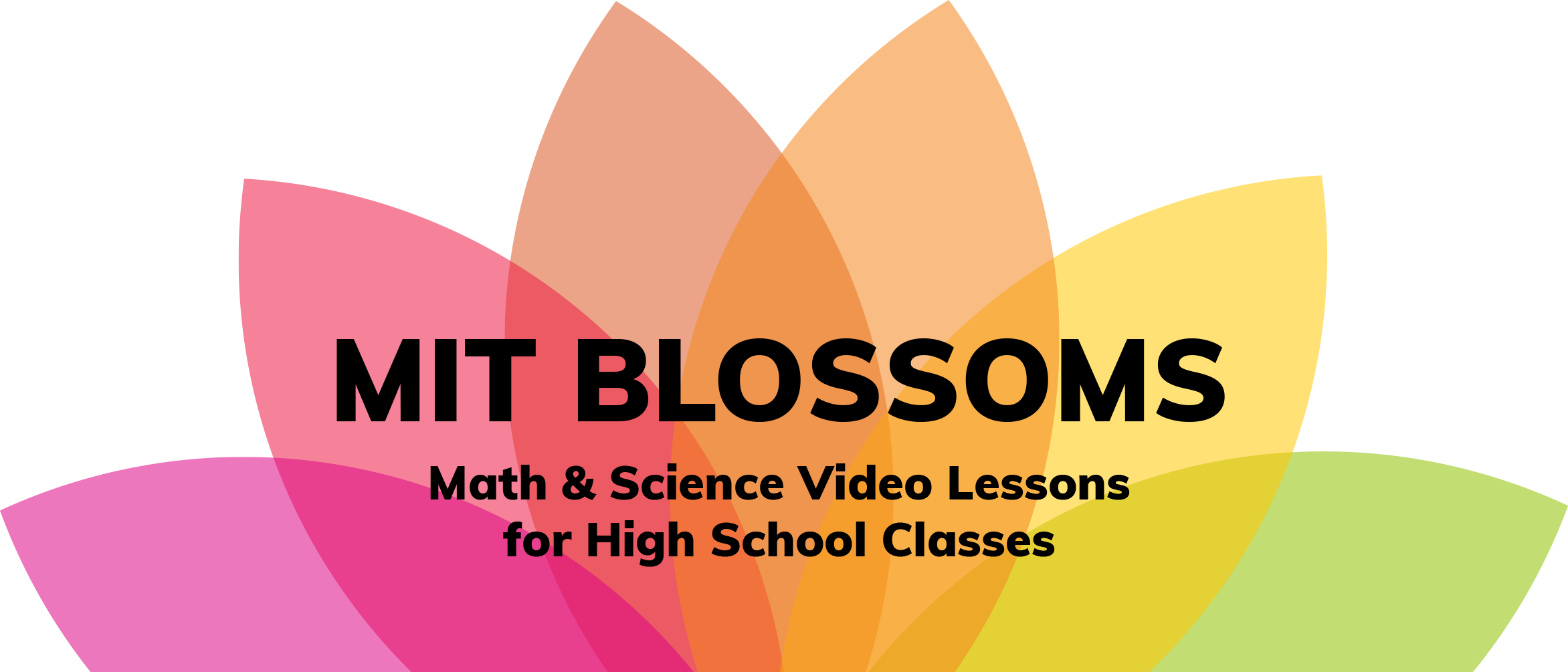This lesson is about the flow of energy in ecosystems. The setting is Plimoth Plantation, a living history museum in Plymouth, Massachusetts, USA, where students will learn about the first Thanksgiving meal in America, celebrated in 1621 by early American settlers and Wampanoag Indians. By examining this meal and comparing it to a modern day Thanksgiving celebration, students will be able to explore the way in which food energy moves and is transformed in an ecosystem. The learning goals focus on the movement of energy from one feeding level to the next within a food web, the way in which energy changes form, and the inefficiency of energy transfer, which in turn affects the availability of food energy for organisms at the highest feeding level. The lesson is directed at high school level biology students. Students should be familiar already with food webs, food chains, and trophic (feeding) levels. They should also be familiar with the general equations for photosynthesis: 6H2O + 6CO2 + Energy(light) -> C6H12O6 + 6O2 and cell respiration: C6H12O6 + 6O2 -> 6H2O + 6CO2 +Energy(about 38ATP), and understand the basic purpose of these processes in nature. This lesson can be completed during one long classroom period, or can be divided over two or more class meetings. The duration of the lesson will depend on prior knowledge of the students and on the amount of time allotted for student discussion. There are no supplies required for this lesson other than the downloadable worksheets (accessed on this BLOSSOMS site), paper and some glue or tape.



